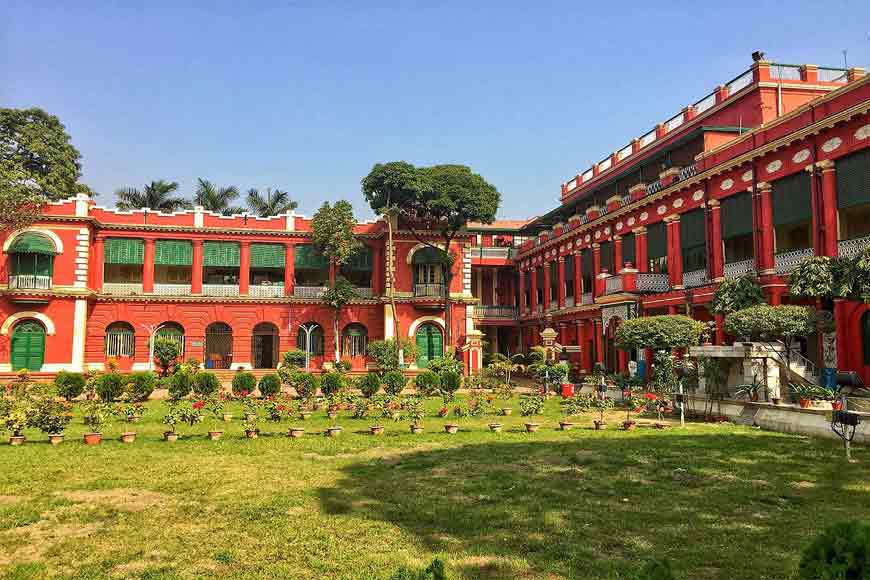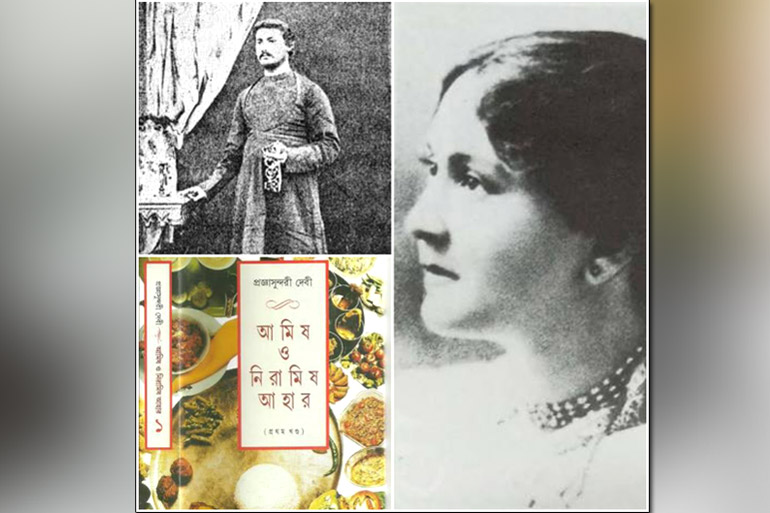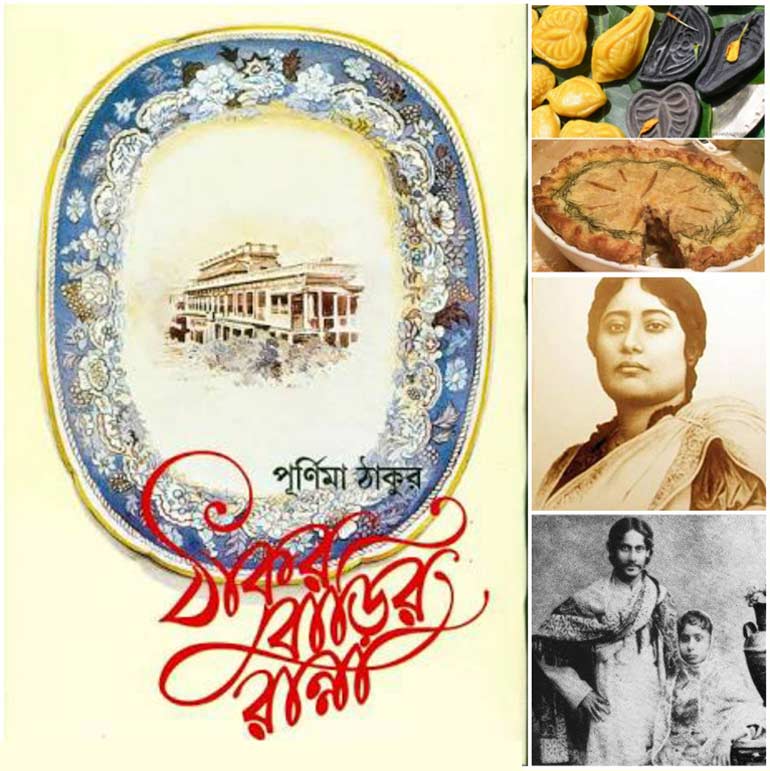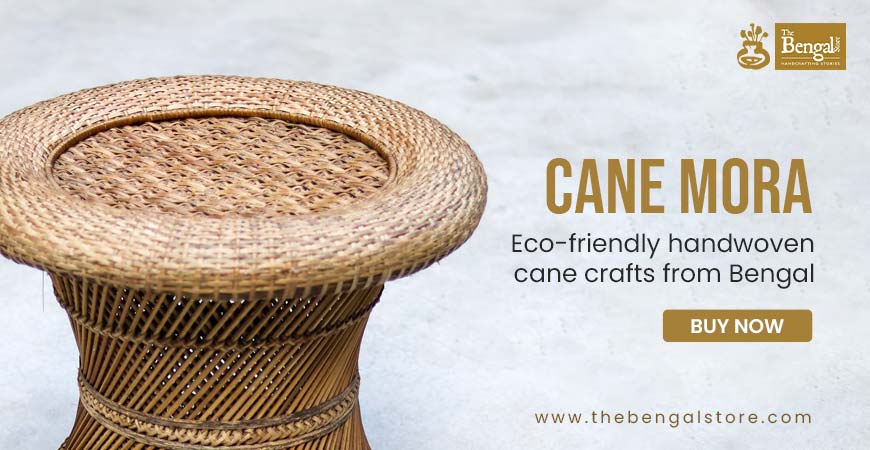Culinary Trendsetters of Tagore Household – GetBengal story

Many tales have weaved a complex tapestry around the Jorasanko Thakurbari. The illustrious sons and daughters of the Bonedi Bari are no doubt well known, but the gourmet delights born within these walls are also popular. Currently, in a world where we are losing connection to our roots, Bengalis continue to hold on to the experimental dishes of Thakurbari. The women of Thakurbari created magic behind closed doors to satisfy the taste buds of their beloved; they exchanged notes and letters, conferred with other cooks of the neighbourhood, and created wonderful dishes with uncanny names like Mankochu-r-Jilipi, Doi-er-Malpoa, Chirer Puli, and so on. Many of these were signature dishes invented by none other than Rabindranath Tagore’s wife, Mrinalini Devi, who was known in the Tagore household to be a great cook. Some of her signature dishes were rice mango, lua-er-churney, a special kind of gaja that Rabindranath later named Elo Jhelo, and paribondho. When Rabindranath started the Khamkheyali Sabha in Jorasanko, he asked his wife to serve his guests with snacks that were unique and new.
Even Chittaranjan Das was a great fan of Mrinalini’s dishes, and in a letter, he writes about her cooking skills and how she sat on the balcony of her Santiniketan house, preparing dry desserts. Rabindranath himself was a foodie and loved Hilsa, Chitoland, a variety of fish, including Prawn Malay Curry, and kebabs like Mitha Kebab, Hindusthani Turki Kebab, and Chicken Nosi Kebab. Rani Chanda writes in her book how Tagore loved experimenting with food and invented the recipe for Jalebi from Arum, the Mankochur Jalebi that Mrinalini Devi often made for her guests. The trademark Luchi of the Tagore family, with only a 3-inch radius, was Mrinalini’s recipe, as was ‘Panthar Bangla’ (the Bengali Mutton). One anecdote claims that when Rabindranath Tagore was ill after having returned from Kalimpong in 1941, this very item was prepared for him so that he could regain his strength.

Kadambari Devi too loved presenting food aesthetically and used handwoven covers for the glasses of Daab water or the sweets she had made to serve her guests. Rabindranath’s favourite was Chingri Machher Chorchori, or prawn curry with green chillies and hot boiled rice. During his and his brother Somendranath's Upanayan ceremony, Kadambari cooked their Hobishyi meals, which both of them loved.
The daily meals at the Tagore household were equally elaborate. They included many kinds of bhaja, like Bori Bhaja, Por Bhaja, and Alu Bhaja, along with Ombol, or Chutney of Mango, all year round, even when the mango season was over. Debendranath loved sweets; for him, sugar was added to every dish. Gunendranath Tagore’s wife, Soudamini Devi, was at the helm of the Tagore kitchen, and under her, the women used to gather to learn the torkari, or curry making, from vegetable cutting to the preparation.
Like his uncle, Abanindranath Tagore also loved experimenting. He had a cook named Radhu, and together they changed the traditional cooking methods and ingredients, giving birth to several new dishes. ‘Murgir Macher Jhol’ and ‘Macher Mangser Curry!’ Apart from Mrinalini, another famous cook in the Tagore household was Pragyasundari Devi, daughter of Hemendranath Tagore. In 1911, on Rabindranath’s 50th birthday, she made a special barfi and named it ‘Kabi Sangbordhana Barfi.’ Everyone was delighted, and no one could guess the ingredients. She made it with cauliflower. The birthday reception was famous for another reason, as Pragyasundari used the first Bengali menu card for the guests and named it ‘Kromoni.’ She even took out a newspaper called Punyo, on which these dishes were shared, along with their recipes, the price of their ingredients, and so on.

Later, Pragyasundari married a young writer, Lakshminath Bezbaroa, considered the father of modern Assamese literature. Bezbaroa was also an expansive gourmand. It was his idea that his wife must publish her recipes, and in the first decade of the 20th century, when cookbooks were rare, her debut book was published. It became very popular. Over the years, she published two volumes of vegetarian and two volumes of non-vegetarian recipes, a book of Assamese recipes, and another that had recipes for pickles and preserves. ‘Amish O Niramish Ahar’ is such a comprehensive book on cooking that not just recipes and ingredients, it also carries food history and behaviour in the kitchen, along with the special terms used in those days. It has special tips for cooks, like how one can dip hing in ginger water and use it in vegetarian dishes to give it a distinct flavour, how to keep vegetables fresh, how to make medicinal herb balls for the children of the house, etc. If you get a hold of the book, you'll come across recipes with innovative names like Khejur Pulao, Rosogolla-r-Ombol, Amla-ki-Bhaat, Peyanjer Poromanno, Beet-er-Hingir, and Koi Maach-er-Pattola. The women even knew 12 different ways of making ‘Paan’, a refreshing accompaniment served at the end of every meal.
The dishes of the Tagore household were so expansive that they needed documentation as well, and people like Indira Devi and Renuka Devi Chowdhurani helped to do exactly that. Indira Devi used to keep a note of all the delicious recipes, and later Purnima Tagore published her notebook under the name ‘Thakurbair Ranna.’ Renuka Devi Chowdhurani's books ‘Rakamari Aamish Ranna’ and ‘Rakamari Niramish Ranna’ were best sellers at the time.
(Translated by Tales Talks Walks)










